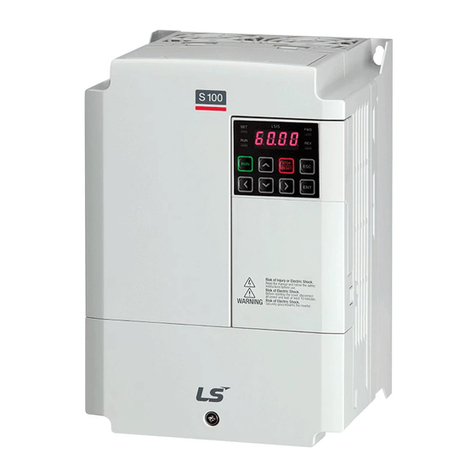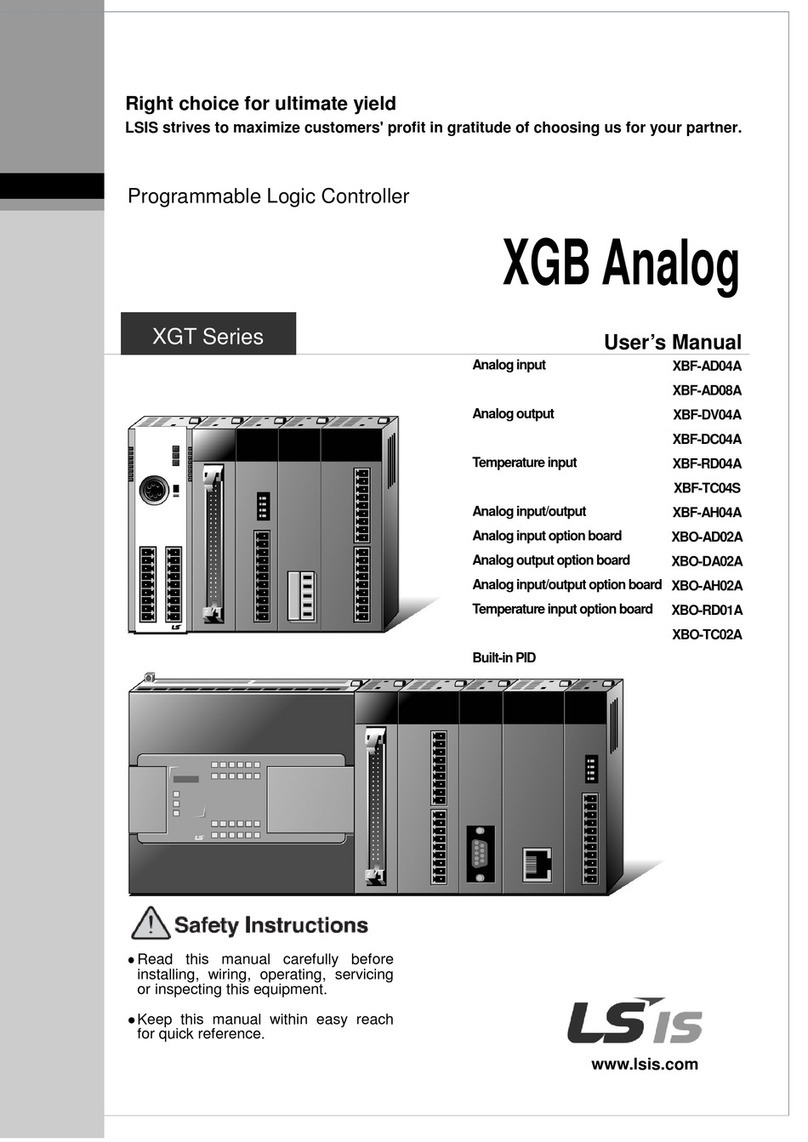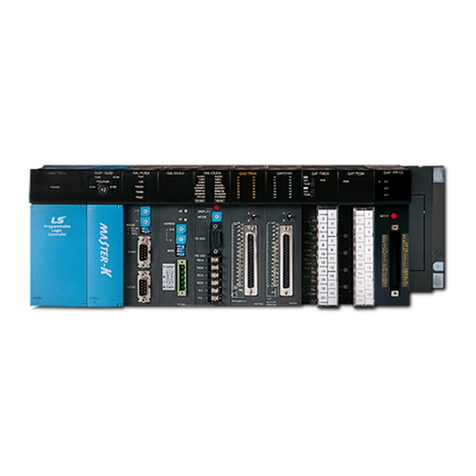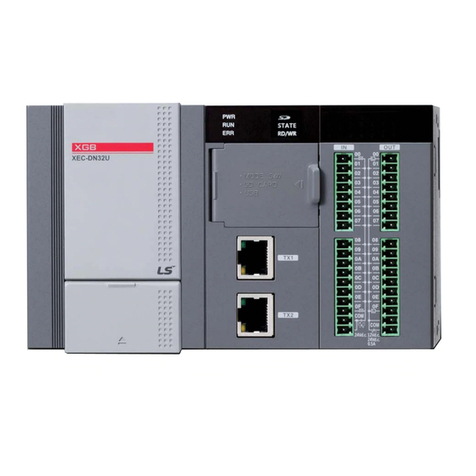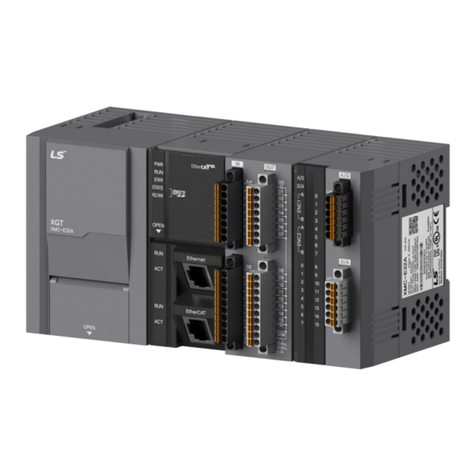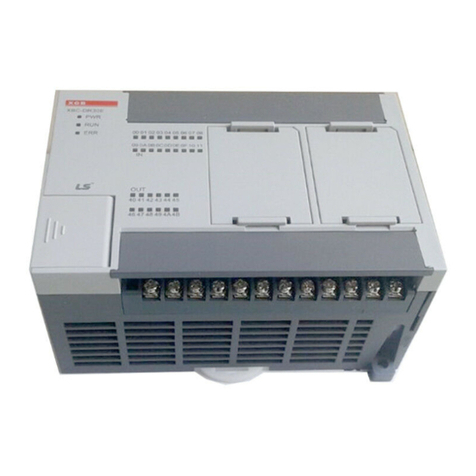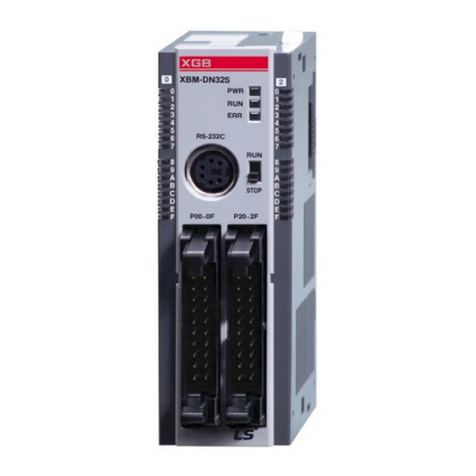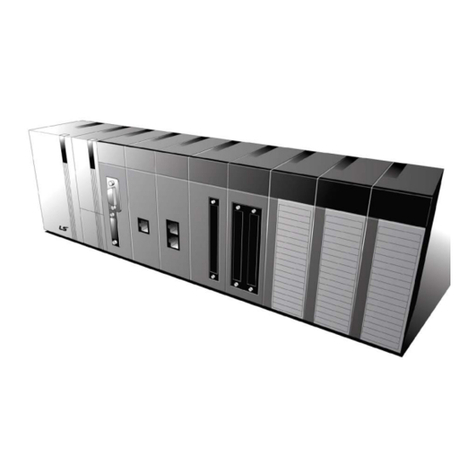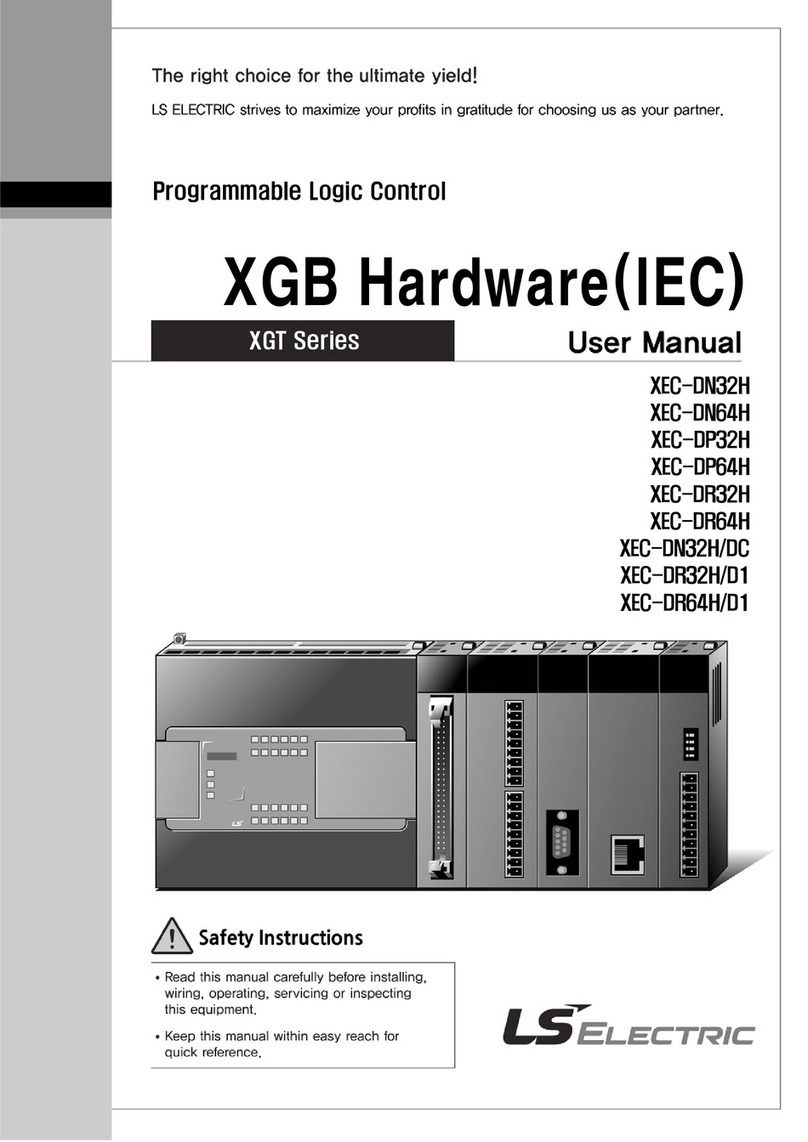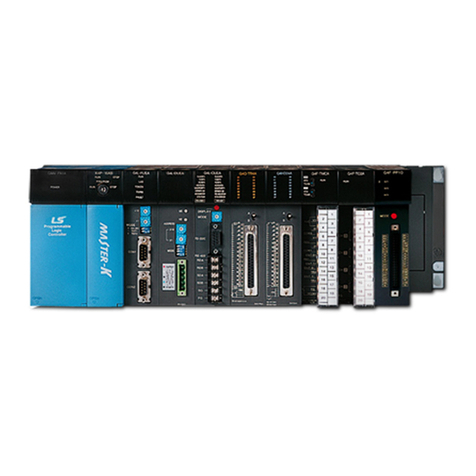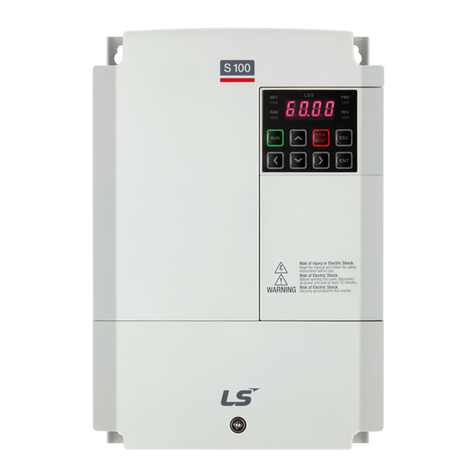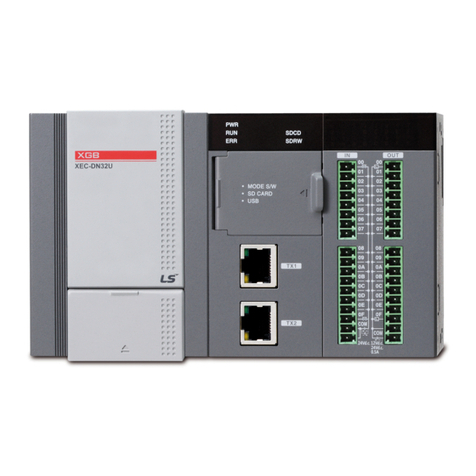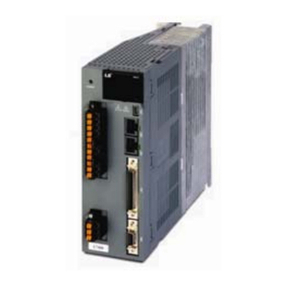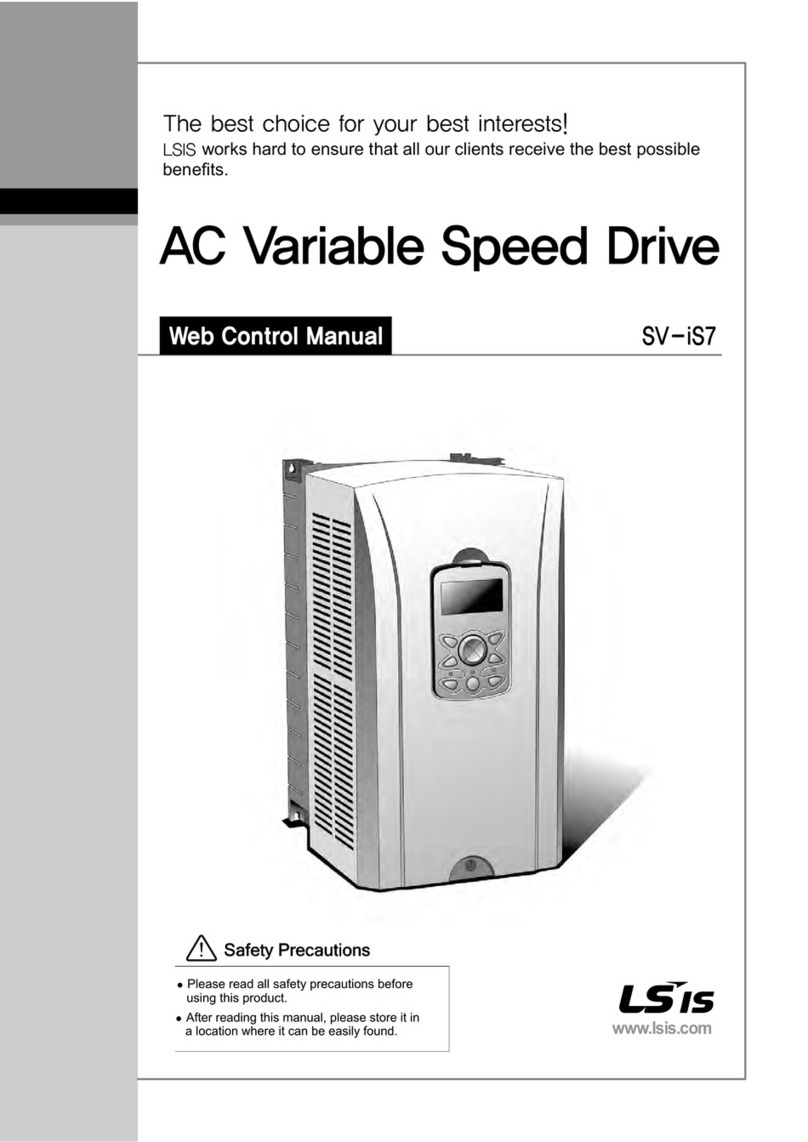
Contents
◎Contents ◎
Chapter 1 Introduction ................................................................................................................................................................1-1~1-5
1.1 Guide to This Manual ......................................................................................................................................................................1-1
1.2 Features............................................................................................................................................................................................1-2
1.3Terminology......................................................................................................................................................................................1-4
Chapter 2 System Configuration.................................................................................................................................................2-1~2-13
2.1 XGB System Configuration ...........................................................................................................................................................2-1
2.2 Product List .....................................................................................................................................................................................2-2
2.3 Classification and Type of Product Name ....................................................................................................................................2-4
2.3.1 Classification and type of basic unit .....................................................................................................................................2-4
2.3.2 Classification and type of expansion module ......................................................................................................................2-6
2.3.3 Classification and type of special module ...........................................................................................................................2-7
2.3.4 Classification and type of communication module...............................................................................................................2-8
2.3.5 Classification and type of option module...............................................................................................................................2-9
Chapter 3 General Specifications .......................................................................................................................................................3-1
3.1 General Specifications.....................................................................................................................................................................3-1
Chapter 4 CPU Specifications.....................................................................................................................................................4-1~4-12
4.1 Performance Specifications ..........................................................................................................................................................4-1
4.2 Names of Part and Function .........................................................................................................................................................4-6
4.3 Power Supply Specifications .........................................................................................................................................................4-8
4.4 Calculating Example of Consumption Current/Voltage ............................................................................................................4-11
4.5 Data BackupTime .......................................................................................................................................................................4-12
Chapter 5 Program Configuration and Operation Method.......................................................................................................5-1~5-30
5.1 Program Instruction ........................................................................................................................................................................5-1
5.1.1 Program execution methods ................................................................................................................................................5-1
5.1.2 Operation processing during momentary power failure .....................................................................................................5-2
5.1.3 Scan time ...............................................................................................................................................................................5-3
5.1.4 Scan Watchdog timer ............................................................................................................................................................5-5
5.2 Program Execution ........................................................................................................................................................................5-6
5.2.1 Configuration of program ......................................................................................................................................................5-6
5.2.2 Program execution methods..................................................................................................................................................5-6
5.2.3 Interrupt ...................................................................................................................................................................................5-8
5.3 Operation Mode ...........................................................................................................................................................................5-20
